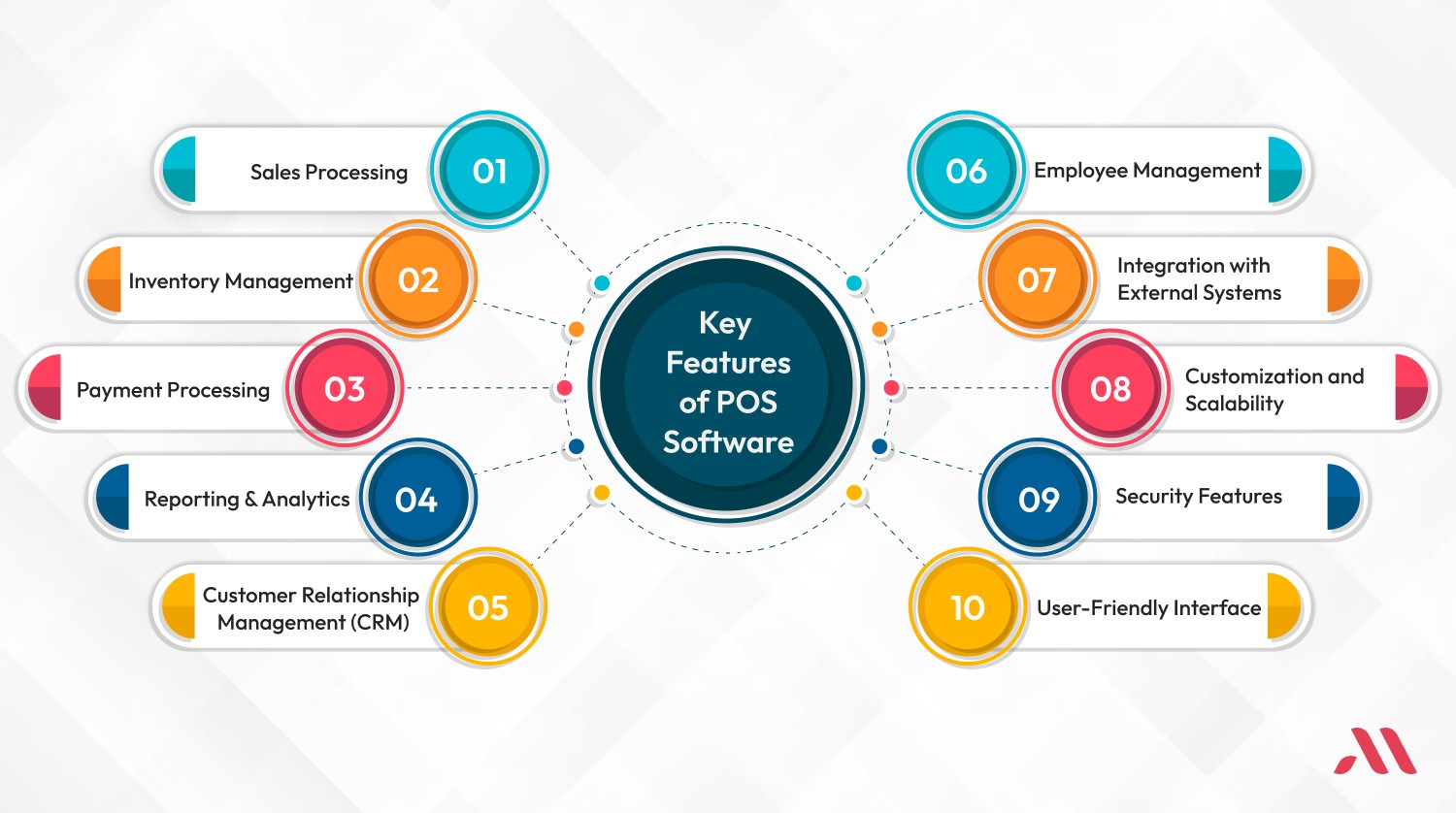Point of Sale (POS) software plays a crucial role in retail and hospitality industries, facilitating transactions, managing inventory, and enhancing customer experiences. Selecting the right POS software involves considering several key features that align with business needs and operational requirements. This guide explores essential features to prioritize when evaluating thrift store POS solutions.
Understanding POS Software
POS software is a central component of retail and hospitality establishments, enabling businesses to process transactions, track sales data, manage inventory, and streamline operations. Modern POS systems offer a range of functionalities designed to improve efficiency, accuracy, and customer satisfaction.
Essential Features to Consider
When choosing a POS software solution, prioritize the following key features:
1. Transaction Processing
Efficient and secure processing of sales transactions is fundamental. Look for features such as:
- Multiple Payment Options: Support for various payment methods including credit/debit cards, mobile payments (e.g., Apple Pay, Google Pay), and cash.
- Split Payments: Capability to split payments between multiple methods (e.g., cash and credit card) or multiple customers (e.g., for shared bills in restaurants).
- Offline Mode: Ability to continue processing transactions during internet outages and sync data once connectivity is restored.
2. Inventory Management
Effective inventory management is critical for maintaining optimal stock levels and preventing stockouts. Key features include:
- Real-Time Tracking: Automatic updates of inventory levels with each transaction to monitor stock in real time.
- Stock Alerts: Notifications for low stock levels to facilitate timely reordering and prevent out-of-stock situations.
- Barcode Scanning: Integration with barcode scanners for rapid and accurate inventory management and tracking.
3. Sales Reporting and Analytics
Comprehensive reporting capabilities provide insights into sales performance and business trends. Look for:
- Customizable Reports: Ability to generate customizable reports on sales, inventory, profitability, and employee performance.
- Analytics Tools: Integration with analytics tools for data visualization and trend analysis to inform strategic decision-making.
4. Customer Relationship Management (CRM)
Enhancing customer relationships and loyalty is supported by features such as:
- Customer Profiles: Creation and management of customer profiles to track purchase history, preferences, and contact information.
- Loyalty Programs: Integration with loyalty programs to reward repeat customers and encourage repeat business.
5. Integration Capabilities
Seamless integration with other business systems and third-party applications enhances operational efficiency. Consider:
- Integration with Accounting Software: Streamlined synchronization of sales data with accounting software for accurate financial reporting.
- E-commerce Integration: Syncing POS data with online stores to manage omnichannel sales and inventory.
6. User-Friendly Interface and Scalability
Ease of use and scalability are essential for accommodating business growth and ensuring user adoption. Look for:
- Intuitive Design: User-friendly interface that minimizes training time and maximizes productivity.
- Scalability: Ability to scale the POS system as the business expands, supporting additional locations and increased transaction volumes.
Industry-Specific Considerations
Different industries have unique requirements that influence POS software selection:
1. Retail
- Promotion and Discount Management: Tools for managing promotions, discounts, and pricing strategies effectively.
- Omni-channel Support: Integration with online stores and mobile platforms for seamless shopping experiences.
2. Hospitality (Restaurants, Cafes)
- Table Management: Features for table reservations, seating assignments, and order management in restaurant settings.
- Kitchen Display System (KDS): Integration with KDS for efficient order processing and communication between front-of-house and kitchen staff.
3. Healthcare
- Patient Billing: Capability to manage patient payments, insurance claims, and billing processes securely and efficiently.
- HIPAA Compliance: Adherence to regulatory standards and security protocols for protecting patient information.
Security and Compliance
Ensure that the POS software meets industry standards and regulatory requirements for data security and compliance, such as PCI DSS (Payment Card Industry Data Security Standard) for handling payment information.
Future Trends and Innovations
Stay abreast of emerging trends in POS technology, such as:
- Mobile POS: Increasing adoption of mobile devices for POS transactions, enhancing flexibility and customer engagement.
- AI and Machine Learning: Integration of AI-driven analytics for personalized customer experiences and predictive inventory management.
Conclusion
Selecting the right POS software involves a thorough evaluation of features that align with business goals, industry requirements, and customer expectations. By prioritizing transaction processing efficiency, robust inventory management, comprehensive reporting capabilities, and seamless integration options, businesses can optimize operations, enhance customer experiences, and drive growth in a competitive marketplace.
This guide provides a comprehensive overview of key features to consider when selecting POS software, catering to various industry needs and ensuring alignment with business objectives.
